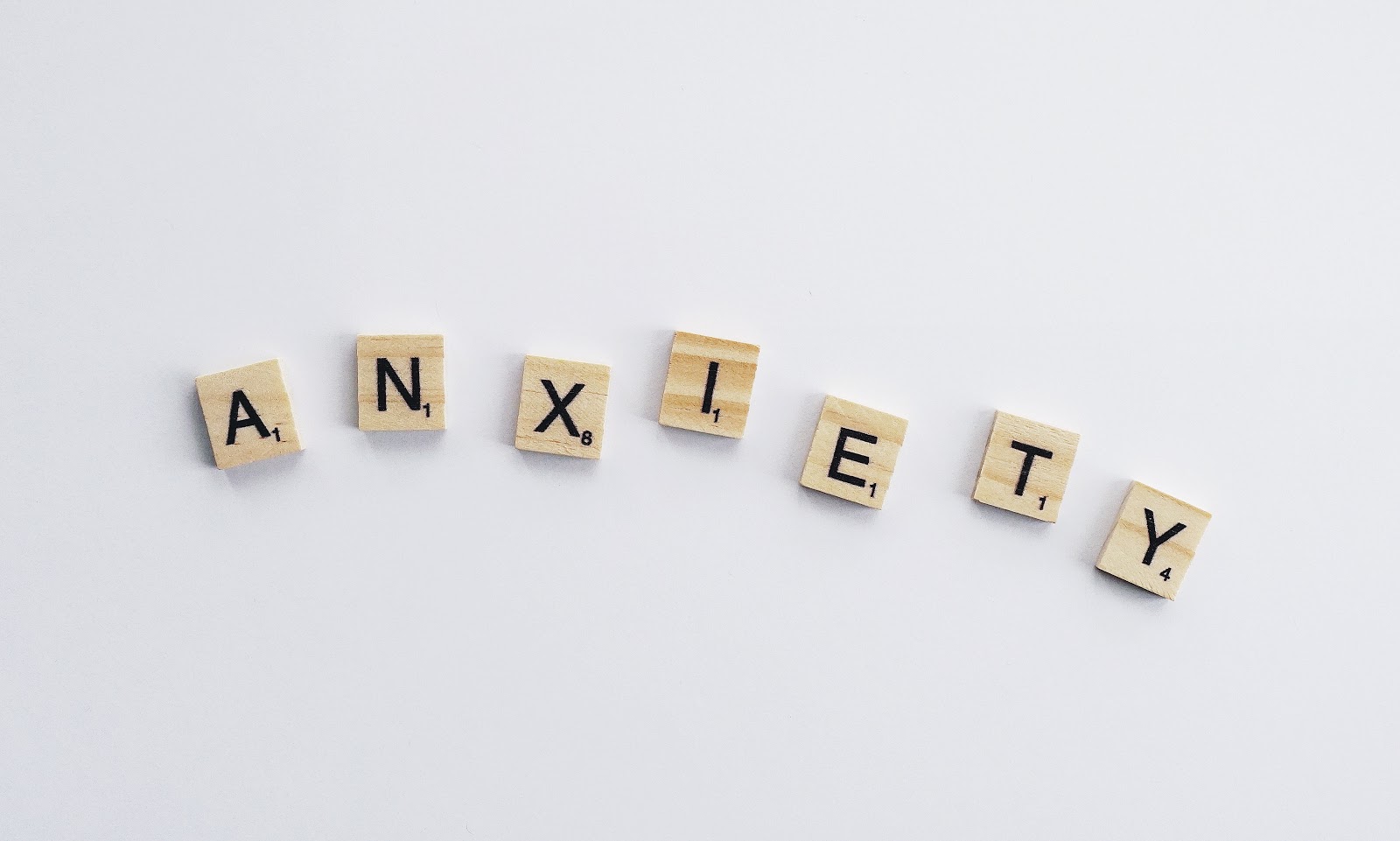According to the Anxiety and Depression Association of America, anxiety disorders are the most common form of mental illness in the United States. Approximately 40 million American adults are affected by anxiety disorders. Despite this, only 36.9% of those afflicted receive treatment for anxiety disorder.
There are a variety of anxiety disorders that exist. Each one may exhibit different kinds of symptoms. We’ll take a look at a variety of anxiety disorders and their symptoms below.
Generalized Anxiety Disorder (GAD) is one of the most widespread forms of anxiety disorder. It involves excessive worry about everyday, routine issues.
Panic Disorder is also one of the more common anxiety disorders. Panic Disorder is recognizable by the occurrence of panic attacks: episodes in which an individual feels overwhelming fear and can experience breathing difficulties.
Social Anxiety Disorder is among the top three most common forms of anxiety disorders. An individual with Social Anxiety Disorder experiences an extreme fear of negative judgement from others.
Specific Phobias refer to specific extreme fears that individuals have of places, things, or situations. For example, an individual may have an extreme fear of flying.
Separation Anxiety Disorder is most common in young children. Young children with this anxiety disorder become overly anxious and nervous when separated from their caregiver.
There are a variety of co-occurring disorders that an individual can have alongside an anxiety disorder. Some of the most common co-occurring disorders include Obsessive-Compulsive Disorder, Post-traumatic stress disorder, and depression.

An anxiety disorder can affect an individual’s life in many ways. Depending on the kind of anxiety disorder, an affected individual may go to great lengths to alter their lifestyle, making ordinary activities a lengthy and complicated process.
For example, an individual might avoid interactions with others as much as possible, leading to many missed opportunities and developed relationships. Individuals may also experience great distress from replaying conversations in their heads and believing they put forth a negative impression of themselves to others. Anxiety disorders can also cause many physical problems such as heart palpitations, breathing issues, fatigue, and upset stomach.

Individuals with anxiety may also turn to substance use in an attempt to soothe some of the symptoms of the anxiety disorder and make them feel less nervous and on-edge.
Through treatment, individuals suffering from an anxiety disorder can take back control of their lives. Daily tasks that were difficult to complete can once again be completed. Individuals will experience greater freedom in entering social situations and public spaces. Physical symptoms can also be controlled through treatment, allowing for better health.
Recovery from anxiety is possible, both with and without the use of medication. Many individuals can and do recover from a variety of mental health disorders. Generally, once the brain has established a new behavior or thought pattern, an individual can move past their mental health disorder.
However, the brain can still remember the old thought patterns and corresponding behaviors of having a mental health disorder. Despite the brain’s extraordinary ability to remember and change patterns of behavior, it does not necessarily mean that the brain will go back to the old thought patterns simply because they exist. It is common for individuals to get aligned with new thought processes and behaviors, making a relapse rare or more minor.
The first major component of anxiety treatment is psychotherapy. Usually, individuals seeking treatment will enter into what is known as Cognitive Behavioral Therapy (CBT). While the length and style of therapy an individual enters into will depend upon the specific anxiety disorder, CBT is one of the most widely used kinds of therapy.
CBT focuses on addressing the unhelpful or disruptive thought patterns in how patients with anxiety disorders view the world. The negative thoughts that are produced in an anxiety-prone individual are meant to be alleviated through this therapy. CBT is based on the idea that our own thoughts are the variable that affects behavior, instead of outside events affecting behavior. This kind of therapy seeks to question and challenge the negative thoughts that occur.

CBT, as the name might suggest, is a combination of both cognitive therapy and behavioral therapy. Cognitive therapy focuses on how negative thoughts (“cognitions”) contribute to anxiety. Behavioral therapy focuses on an individual’s behavior and reactions in situations that spark anxiety.
In CBT, a therapist guides a patient through their experiences with anxiety. In some cases, the therapist might suggest keeping track of negative thoughts and the situations in which they arise through journaling. Therapists can also assist in building interpersonal skills which aid a patient in more adeptly handling social situations and interactions with others. Exposure therapy, the process of slowly encountering the source of one’s anxiety to build confidence and management skills, is also commonly utilized.
The second half of anxiety treatment consists of medication to help control the symptoms of anxiety. Depending on an individual’s diagnosis, a doctor can prescribe medication to help relieve symptoms. Sometimes, antidepressants can be used when treating anxiety disorders. A doctor will prescribe medication based on what will be most beneficial for the patient. There are many options for medication but not every option is best for every patient.
Treatment for anxiety disorders is an ongoing process. It is unrealistic to give an exact timeline for treatment and the development of strong self-management skills. Every individual has a different journey when it comes to treatment. Rather than focusing on a definite timeline for improvement, it is more helpful to focus on taking treatment one day at a time and celebrating improvement and victories as they come.

After treatment, our team will help you develop an aftercare plan to better ensure continued recovery. While a patient is in treatment, we will assist them in developing techniques to self-regulate and problem solve. These skills aim at long-term recovery by allowing the patient to take control of situations that may trigger anxiety.
Support from a strong community and loved ones can also be very beneficial in the long run. Joining an anxiety support group can also assist a patient in long-term recovery by providing a supportive environment and interaction with people of similar experiences.
The journey to recovery from anxiety is difficult and you don't have to beat it alone. Call SUN Columbus today.
At SUN Behavioral Health, we’re here to provide treatment and support for all kinds of anxiety disorders. Anxiety disorders are one of the most treatable mental illnesses. It is possible for you and your loved ones to recover control and live more comfortably with less worry. Give us a call today at 614-706-2786 to start your recovery journey.
It is usually best for an individual suffering from an anxiety disorder to seek out treatment in the form of psychotherapy. In psychotherapy, a therapist will guide the patient through examining the negative thoughts and teach the patient different methods and techniques to use when dealing with such thoughts. In some cases, medication may also be prescribed to help control symptoms of anxiety.
Through treatment, many individuals can overcome the mental patterns and behaviors that occur due to an anxiety disorder. It is possible that the brain could return to the old patterns it knows, but it has been observed that individuals can break in new mental patterns and experience minor to no relapses.
The best way to help reduce anxiety is to take action and seek help. It can also be helpful to take note of any triggers and mention them to a healthcare provider.
On your own, you may be able to help reduce some anxiety by learning more about your specific anxiety disorder, joining an anxiety support group, practicing good time management skills, and distracting yourself with an activity like a walk when you begin to feel anxious.
Technically, there are 5 different types of anxiety disorders.
The sixth type of anxiety disorder used to be Obsessive Compulsive Disorder/Post-traumatic stress disorder, but these have since been granted a separate category due to major differences that occur in the brain between these and the other types of anxiety disorders.
The capable team at SUN Columbus has been serving our community for years. Reach out to begin your journey to recovery.

Skip the emergency room and come to SUN for all of your behavioral health and substance use disorder needs
For a medical emergency, including a drug or medication overdose, call 911 immediately.